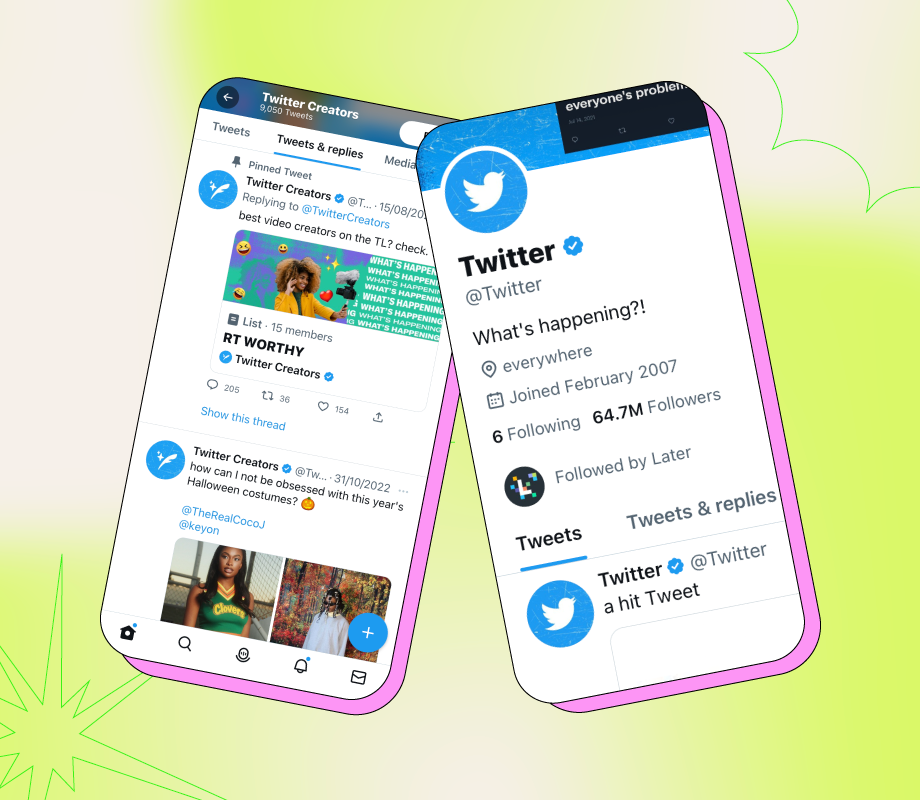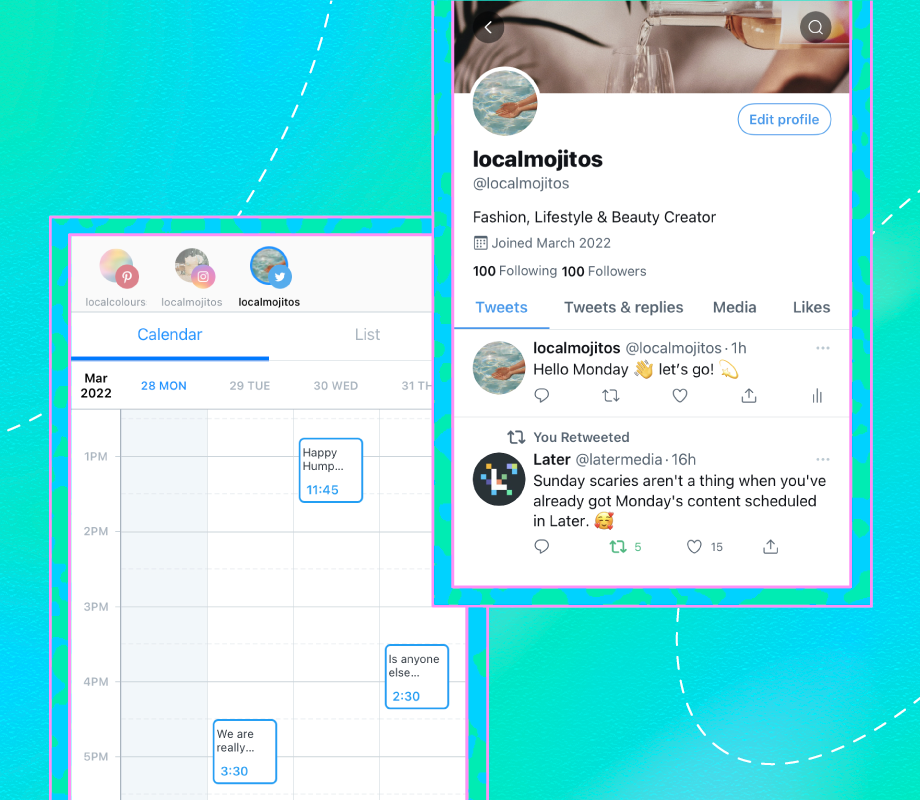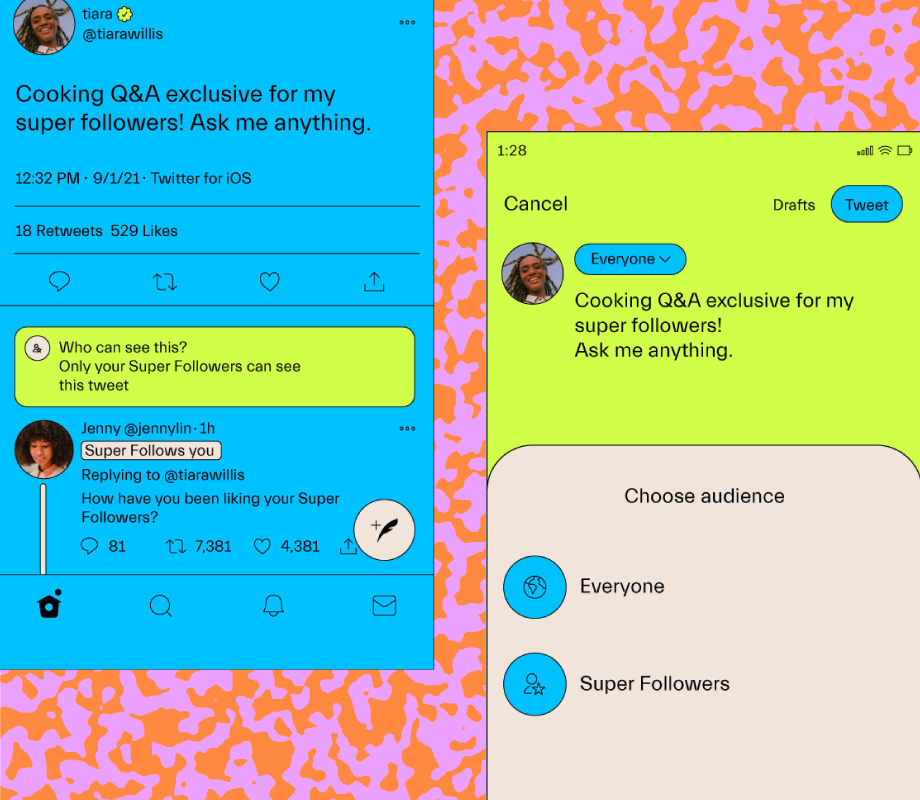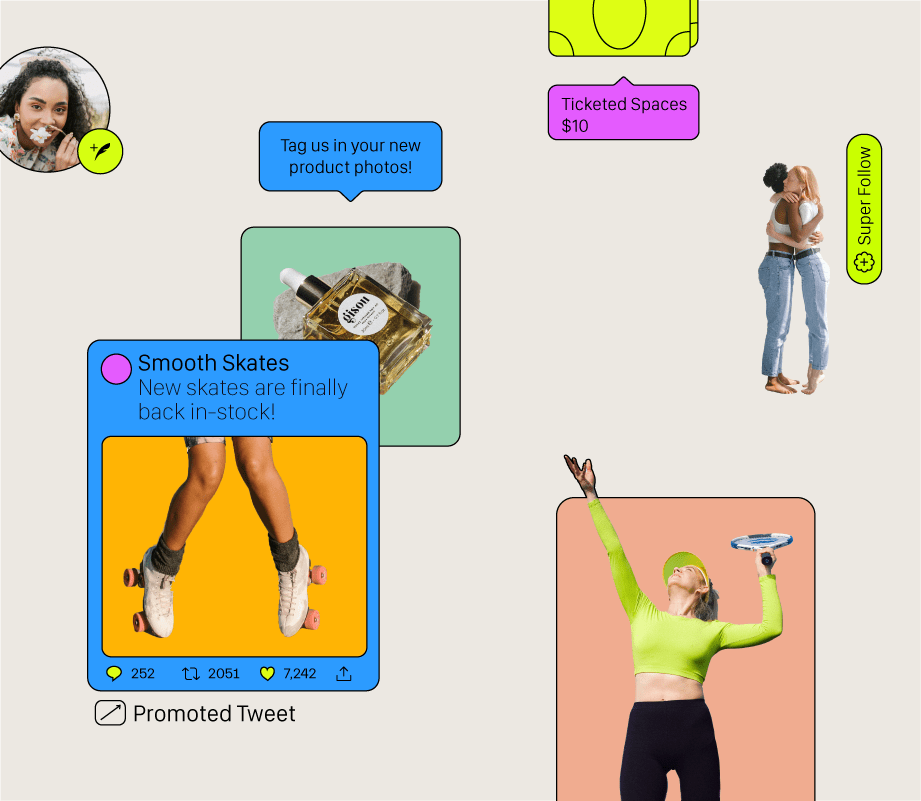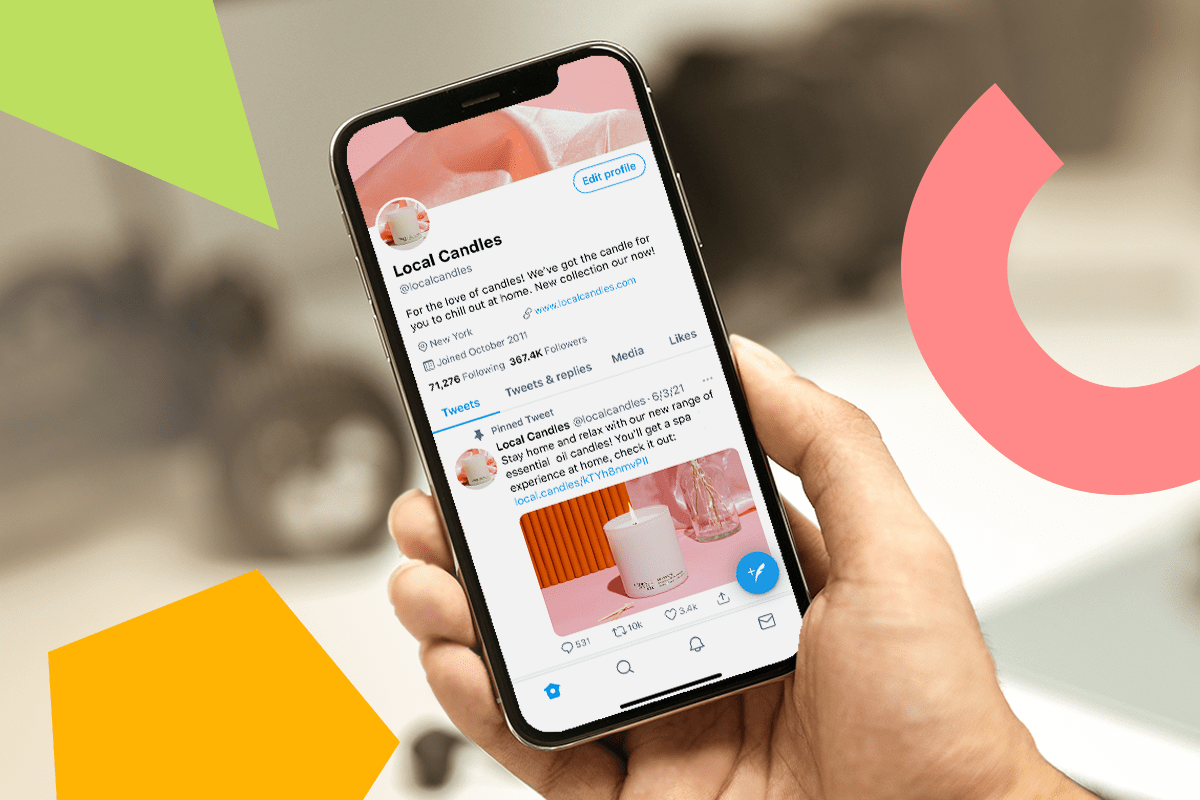Twitter Blogs & Resources
17 Articles
Plan and schedule all your social posts in one place with Later
Plan and schedule all your social posts in one place with Later
Twitter Blogs & Resources
Want to keep learning? Checkout The Ultimate Guide to Social Selling

